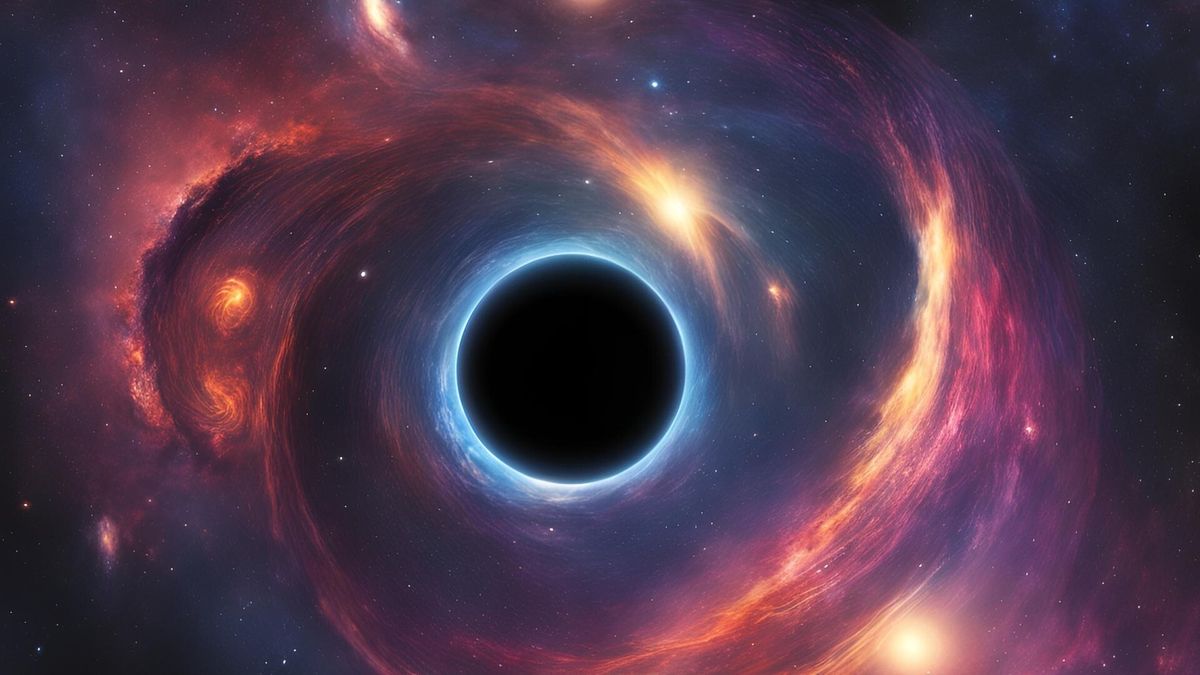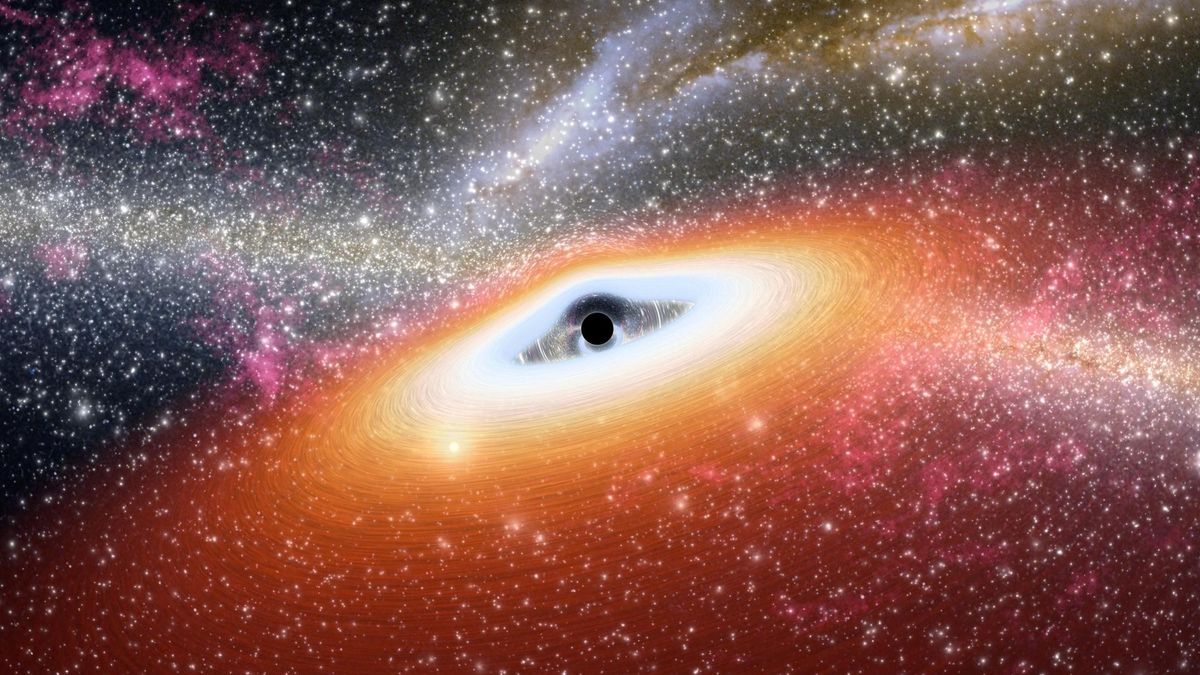Study finds black holes made from light are impossible — challenging Einstein's theory of relativity
New theoretical research finds that it's impossible to form a black hole with the energy of light particles alone, poking a hole in Einstein's theory of general relativity.

New research suggests that extreme objects known as "kugelblitze" — black holes formed solely from light — are impossible in our universe, challenging Einstein's theory of general relativity. The discovery places significant constraints on cosmological models and demonstrates how quantum mechanics and general relativity can be reconciled to address complex scientific questions.
Black holes — massive objects with such a strong gravitational pull that not even light can escape their grasp — are among the most intriguing and bizarre objects in the universe. Typically, they form from the collapse of massive stars at the ends of their life cycles, when the pressure from thermonuclear reactions in their cores can no longer counteract the force of gravity.
However, more exotic hypotheses exist regarding black hole formation. One such theory involves the creation of a "kugelblitz," German for "ball lightning." (The plural form is "kugelblitze.")
"A kugelblitz is a hypothetical black hole that, instead of forming from the collapse of 'ordinary matter' (whose main constituents are protons, neutrons, and electrons), is formed from concentrating humongous amounts of electromagnetic radiation, such as light," study co-author José Polo-Gómez, a physicist at the University of Waterloo and the Perimeter Institute for Theoretical Physics in Canada, told Live Science in an email.
"Even though light does not have mass, it does carry energy," Polo-Gómez said, adding that, in Einstein's theory of general relativity, energy is responsible for creating curvatures in space-time that result in gravitational attractions. "Because of that, it is in principle possible for light to form black holes — if we concentrate enough of it in a small enough volume," he said.
These principles hold true under classical general relativity, which does not account for quantum phenomena. To explore the potential impact of quantum effects on kugelblitz formation, Polo-Gómez and his colleagues examined the influence of the Schwinger effect.
"When there is an incredibly intense electromagnetic energy — for example, due to huge concentrations of light — part of this energy transforms into matter in the form of electron-positron pairs," lead study author Álvaro Álvarez-Domínguez of the Institute of Particle and Cosmos Physics (IPARCOS) at the Universidad Complutense de Madrid, told Live Science in an email. "This is a quantum effect called the Schwinger effect. It is also known as vacuum polarization."
Get the Space.com Newsletter
Breaking space news, the latest updates on rocket launches, skywatching events and more!

In their study, which has been accepted for publication in the journal Physical Review Letters but has not been published yet, the team calculated the rate at which electron-positron pairs produced in an electromagnetic field would deplete energy. If this rate surpasses the replenishment rate of the electromagnetic field's energy in a given region, a kugelblitz cannot form.
The team found that, even under the most extreme circumstances, pure light could never reach the required energy threshold to form a black hole.
"What we prove is that kugelblitze are impossible to form by concentrating light, either artificially in the laboratory or in naturally occurring astrophysical scenarios," study co-author Luis J. Garay, also of IPARCOS, told Live Science. "For instance, even if we used the most intense lasers on Earth, we would still be more than 50 orders of magnitude away from the intensity required to create a kugelblitz."
This finding has profound theoretical implications, significantly constraining previously considered astrophysical and cosmological models that assume the existence of kugelblitze. It also dashes any hopes of experimentally studying black holes in laboratory settings by creating them through electromagnetic radiation.
Nonetheless, the study's positive outcome shows that quantum effects can be efficiently integrated into problems involving gravity, thus providing clear answers to actual scientific questions.
"From a theoretical viewpoint, this work showcases how quantum effects can play an important role in the understanding of the formation mechanisms and appearance of astrophysical objects," Polo-Gómez said.
Inspired by their findings, the researchers plan to continue exploring the influence of quantum effects on various gravitational phenomena, which have both practical and fundamental significance.
"Several of us are very interested in continuing the study of the gravitational properties of quantum matter, particularly in scenarios where this quantum matter violates traditional energy conditions," said Eduardo Martín-Martínez, also of the University of Waterloo and the Perimeter Institute. "This type of quantum matter can, in principle, give rise to exotic space-times, resulting in effects such as repulsive gravity or producing exotic solutions like the Alcubierre warp drive or traversable wormholes."
Originally published on LiveScience.
Join our Space Forums to keep talking space on the latest missions, night sky and more! And if you have a news tip, correction or comment, let us know at: community@space.com.

Andrey got his B.Sc. and M.Sc. degrees in elementary particle physics from Novosibirsk State University in Russia, and a Ph.D. in string theory from the Weizmann Institute of Science in Israel. He works as a science writer, specializing in physics, space, and technology. His articles have been published in Elements, N+1, and AdvancedScienceNews.
NASA spacecraft spots monster black hole bursting with X-rays 'releasing a hundred times more energy than we have seen elsewhere'
Could we use black holes to power future human civilizations? 'There is no limitation to extracting the enormous energy from a rotating black hole'










